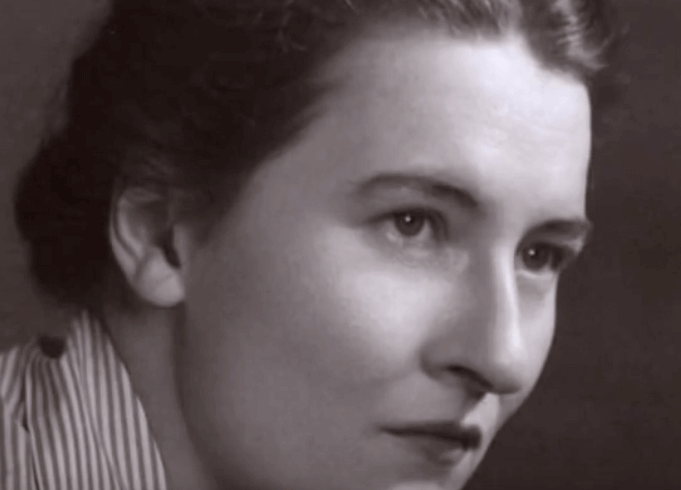Mary Ainsworth was a Canadian psychologist who, along with John Bowlby, developed one of the psychological theories that most helped understand early social development: attachment theory.
This theory was initially formulated with a focus on children, however, Ainsworth, in the 1960s and 1970s, introduced new concepts that would lead to an adult-oriented expansion in the 1980s.
- She was one of the most cited psychologists throughout the twentieth century and.
- Even today.
- Her brilliant theory is the pillar on which countless researches in psychology are built.
- Her work is studied at universities around the world and has received several distinctions.
- Although she lived at a time when women played a very limited professional role.
Ainsworth already showed some anxiety in his early studies in college and began to reflect on children’s attachment to the maternal figure, hence the theory that would highlight his name in the field of psychology would emerge.
However, Ainsworth’s life was not limited to studying alone, immersing herself in questions and roles, but was much more dynamic than expected of a woman in her day.
Mary Ainsworth was born in the United States, but her family moved to Toronto, Canada, when she was a child. He graduated in developmental psychology from the University of Toronto and received his Ph. D. in 1939. Al after completing her studies, she joined the Canadian Women’s Corps, spent four years in the army and earned the rank of major.
Soon after, she married and moved to London with her husband. That’s when he started working at the Tavistock Institute with psychiatrist John Bowlby. Both paved the way for research based on the experience of separating children from their mothers.
In 1953, he moved to Uganda and began working at the African Institute for Social Research in Kampala, where he continued his research on the early relationship of children with their mothers.
After a while he obtained a position at the John Hopkins Institute in the United States and, later, at the University of Virginia, where he continued to develop his theory of attachment until his retirement in 1984.
John Bowlby is considered the father of attachment theory. Bowlby studies have shown that children have innate exploratory behavior; However, if they feel unprotected or in danger, their first reaction is to seek the support of the mother or primary caregiver.
it started from Bowly’s base on control systems, but added a new concept: the strange situation.
“In hate, as in love, we grow as we care. We inject what we hate into our own soul. -Mary Renault-
Mary Ainsworth studied the children’s relationship with their caregivers by adding the strange situation in different contexts. The strange situation was created by adding a stranger to the child in the context of a mother-child relationship.
Based on the results obtained, Mary Ainsworth expanded the theory by linking three styles of attachment:
The theory was then expanded by other researchers. All the rereadings, comments and additions resulted in the attachment theory we know today.
Then the attachment theory was expanded with a fourth type of attachment. What Mary Ainsworth defined and characterized were, alone, the three types mentioned above. Here’s exactly what each one is all about:
Mary Ainsworth was well aware of the importance of developing a healthy maternal attachment relationship, as well as the influence this could have on the child as a future adult.
It has often been said that programs should be designed and implemented to help women reconcile their professional careers with motherhood, after all, at that time it was almost impossible for women to think about what we now consider normal.
Access to university education, research, the labour market, etc. , does not appear to be very compatible with domestic services and, therefore, with the wife and mother, which are the roles imposed by society, so Mary Ainsworth can be considered one of the precursors of work reconciliation programs for mothers.
As a researcher she knew that her work could not be just in the field of studies: she needed to claim, to do something that could help many women in the future so that, like her, they could choose their own path. we are faced with a scientist who has taken an interest in aspects of the woman that psychology has left out.
Mary Ainsworth died in 1999, at the age of 86, after a life dedicated to developing one of the most important psychological theories we have today.

